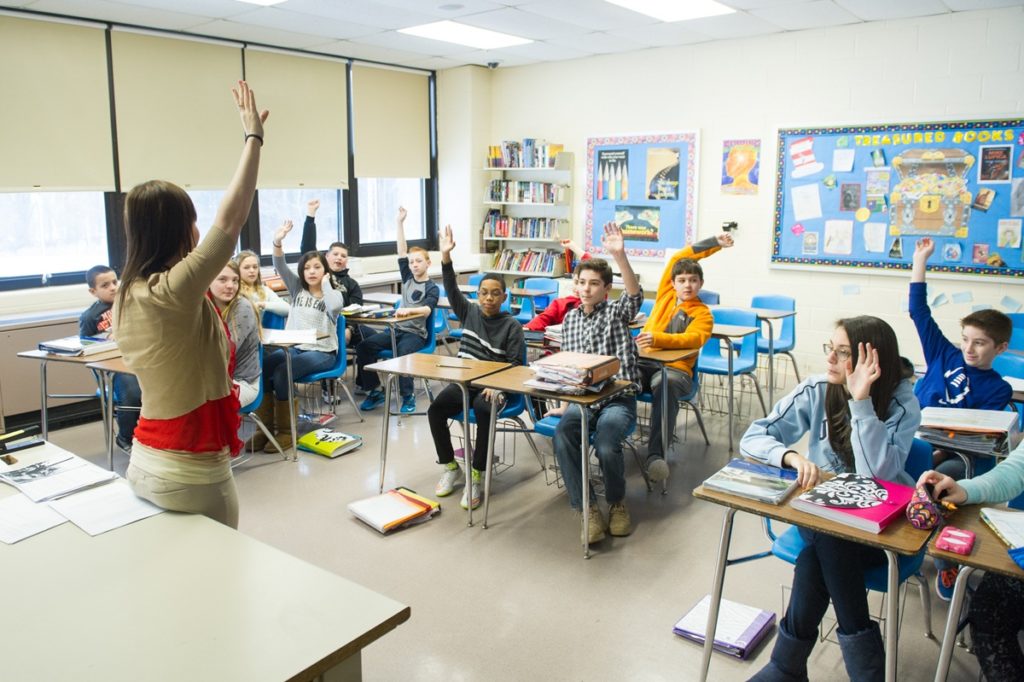
Simple signals for attention—whether visual (a raised hand) or auditory (a chime, rain stick, or other pleasant-sounding instrument)—are an essential classroom management tool.
When I was student teaching, one of my professors said he could tell if a teacher had good management skills by watching whether she could get her students’ attention whenever she needed it. This lesson stuck with me. Once I had my own classroom, the first thing I always modeled was how students should respond to my signals for attention.
Signals are more efficient and respectful than calling out “Hey, kids”; using too much talk to ask for students’ attention (students will tune out your voice after the first few words); or turning the room lights off and on (often both annoying and ineffective).
Along with these five tips, learn more about signals—how to use them and how to teach them—in “Signals for Quiet.”
Remember to model for students exactly how the signal and their response to it will look and sound, and give them plenty of practice.
Waiting to speak sends the message that everyone is expected to respond to the signal.
Otherwise, the signals will lose their power. Students will wonder if you really mean what you say and say what you mean.
Repeating the signal teaches students that they don’t have to comply right away. They can wait for the second (or third) repetition.
This can feel disrespectful—and may be unrealistic. People have a natural need to get to a stopping point in their conversation or work. 10–15 seconds should do it.
Find more practical, “use-it-tomorrow” tips in our Empowering Educators Series for K-2, 3-5, and 6-8!